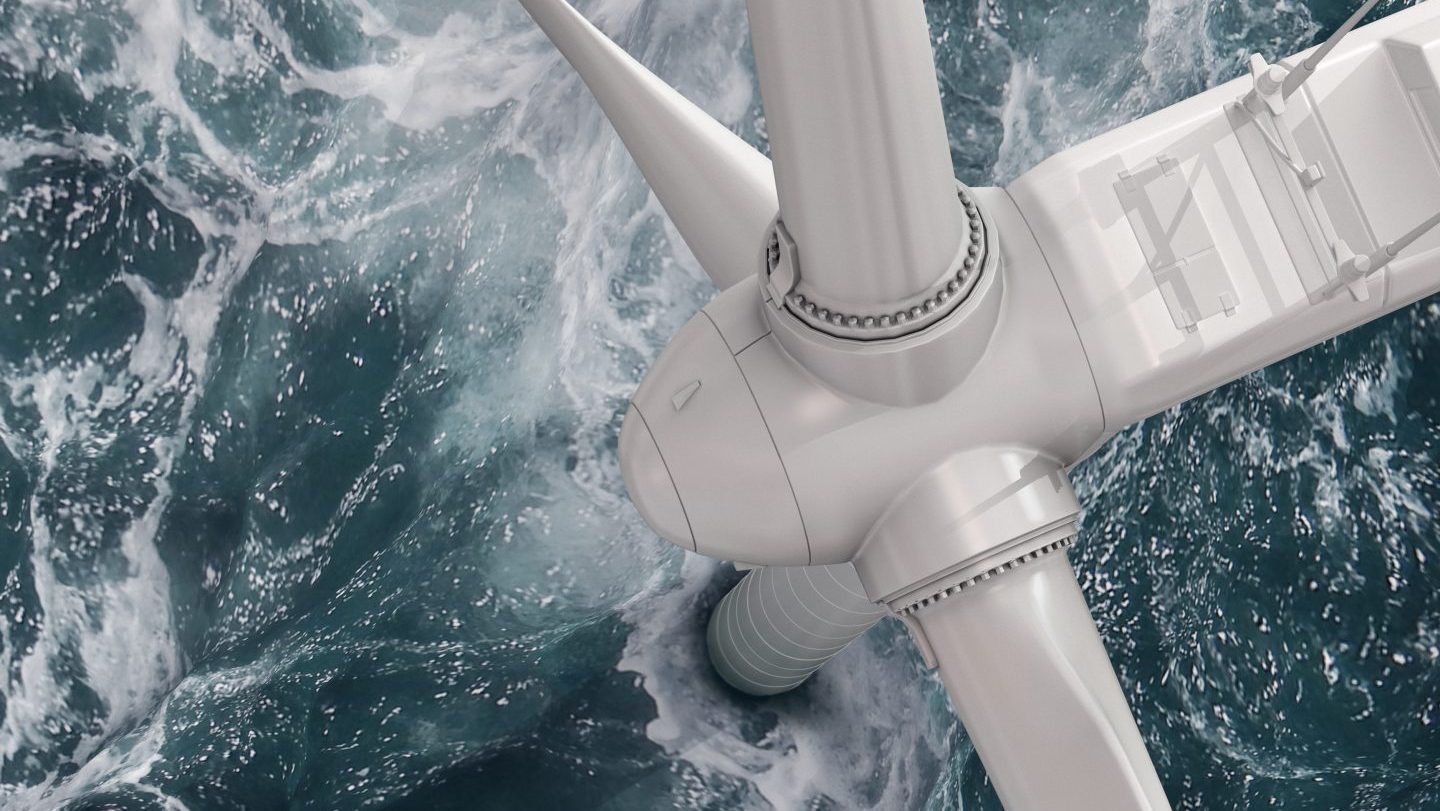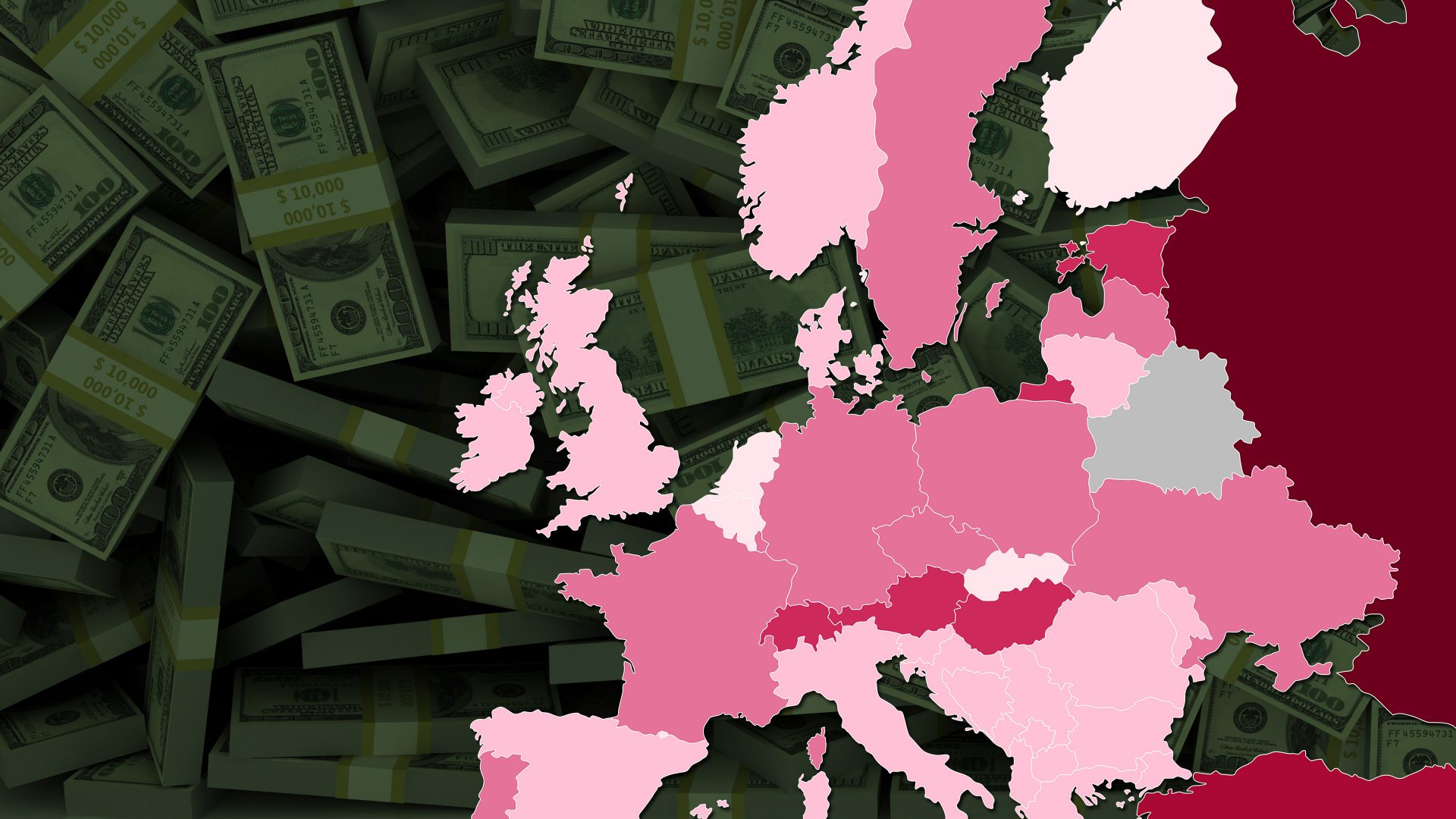Last month, Labour’s shadow chancellor Rachel Reeves made a pledge that could make or break Britain’s energy future. The planning system, she promised, will go green.
The existing process, which imposes four-year waits on applications to build wind farms in the sea, will be changed to prioritise the needs of the planet – not those of objectors, nor of the National Grid.
Councils, she said, will be required to identify land for green energy development. The planning inspectorate will be required to process applications in months, not years – and so will ministers.
If it happens it will feel like a revolution to those trying to build out Britain’s solar, wind and nuclear energy capacity. To understand why, do the maths.
Getting to net zero requires Britain’s capacity to produce electricity to double – from 108 GW to between 218 and 262 GW. This, in part, is due to plans to switch from petrol cars to EVs, and from gas boilers to heat pumps etc.
According to research by SNC-Lavalin, a Canadian engineering firm, that will mean building between 12 and 16 GW per year of renewables between now and 2035. But the best we’ve managed over the past decade is 6 GW per year. And in 2021, the last year we have figures for, that fell to just 2 GW.
Anyone with experience of the planning regime for energy projects will tell you why. The official process is tortuous: six months of consultation before you can apply, months spent in “pre-acceptance”, environmental impact assessment and, ultimately, court, as big projects are often taken to judicial review. And this is the supposedly “streamlined” system introduced by Labour in 2008. It is, in fact, sclerotic.
To get a sense of the strain the system is about to come under, consider solar. At present the UK hosts 1,170 solar farms, producing a collective 8 GW of electricity on a sunny day. The biggest, at Shotwick on Deeside, can produce just 0.07 GW. Only a quarter of the sites can produce more than 0.01 GW. To meet the government’s solar target of 70 GW capacity by 2035 we need to build 4.7 GW per year, starting now.
So every year we’re going to have to build 67 solar farms on the scale of the biggest one we already have. Plus – as Boris Johnson promised – one nuclear power station per year, and numerous massive wind farms – both offshore and onshore.
And it’s not only generating capacity that has to surge. The task of plugging it into the National Grid is enormous: the grid itself was designed for a few central power generators, not thousands of small-scale ones.
So there are 26 large onshore transmission projects – involving new cables and transformers – planned between now and 2030. In December the government made significant relaxations to the commercial conditions for building these connections – but without a serious reform to the planning system they will still take up to a decade to install.
So something has to change in politics. And it will be painful for both parties – because Labour and the Tories are both supported by voter bases who, for different reasons, often passionately oppose development.
We’ve all met the classic Tory nimby. But equally influential – and indeed justified – are the concerns of green and left-wing environmental groups. Solar farms actually boost biodiversity, but they also alter the character of the nature around them. Nuclear plants can kill fish. Wind farms disrupt the migratory patterns of birds. But climate chaos does all this and more.
And that’s why Reeves’ promise is significant. It is, in effect, a pledge to prioritise the green energy buildout at the expense of a process which today favours the conservation of the existing natural environment. It will be just as much a challenge to green activists as it is to Tories from the shires.
The Conservatives have promised a speed-up of the infrastructure planning system, with a fast-track route for qualifying projects to be announced soon. I’ll believe it when I see it. Because in the free market system, all Tory dirigisme takes the “Sergeant Wilson” approach: like John Le Mesurier’s mild-mannered bank clerk in Dad’s Army, the government can never bring itself to issue actual orders.
In her speech, Reeves rubbished the claims of some on the left that we might need a “command economy” to achieve net zero. But since the climate imperative has now been joined by the need to ditch carbon for energy security reasons, I can’t see how we install up to 16 GW of solar, wind and nuclear per year without somebody, somewhere, issuing commands.
So Labour’s pledge to put the zero net carbon at the heart of the planning system is welcome. How it squares with Keir Starmer’s promise to hand back control to local communities remains to be seen.
But, if delivered, it could be the biggest thing they actually do in office. Unblocking the pipeline of clean energy projects could attract billions in private sector investment, create tens of thousands of industrial jobs and provide energy security and affordability to the rest of industry. With the Tories still hostile to onshore wind, planning reform could be the issue that seals the deal between Labour and British business.




